Have you ever wondered why your room’s doors don’t fit properly in the frame and make noise when opened or closed? Natural Wood responds to its environment by resonating and absorbing moisture. The interaction between wood and air, affected by temperature and humidity, causes the wood to expand or contract, ultimately shaping its fate.
But did you know there’s a way to understand moisture content before buying wood? A method to determine the stable moisture levels for various applications? And why does Reshawood endorse KD (Kiln Dried) wood treatment?
The experts at Reshawood recommend initiating any carpentry project with wood below 18% moisture content. During installation, up to 12% is permissible. However, moisture levels below 5% are unstable and unsuitable for woodworking endeavours. KD lumber, a result of the Kiln drying process, is championed for its moisture content below 20%.
Why Measure the Moisture Content of Wood? Decoding the Puzzle
Imagine a classical play, each instrument harmoniously contributing to the masterpiece. In woodworking, moisture content sets the tempo, dictating the project’s rhythm. Excessive moisture risks warping and swelling, while insufficient moisture results in cracks and an imperfect final product.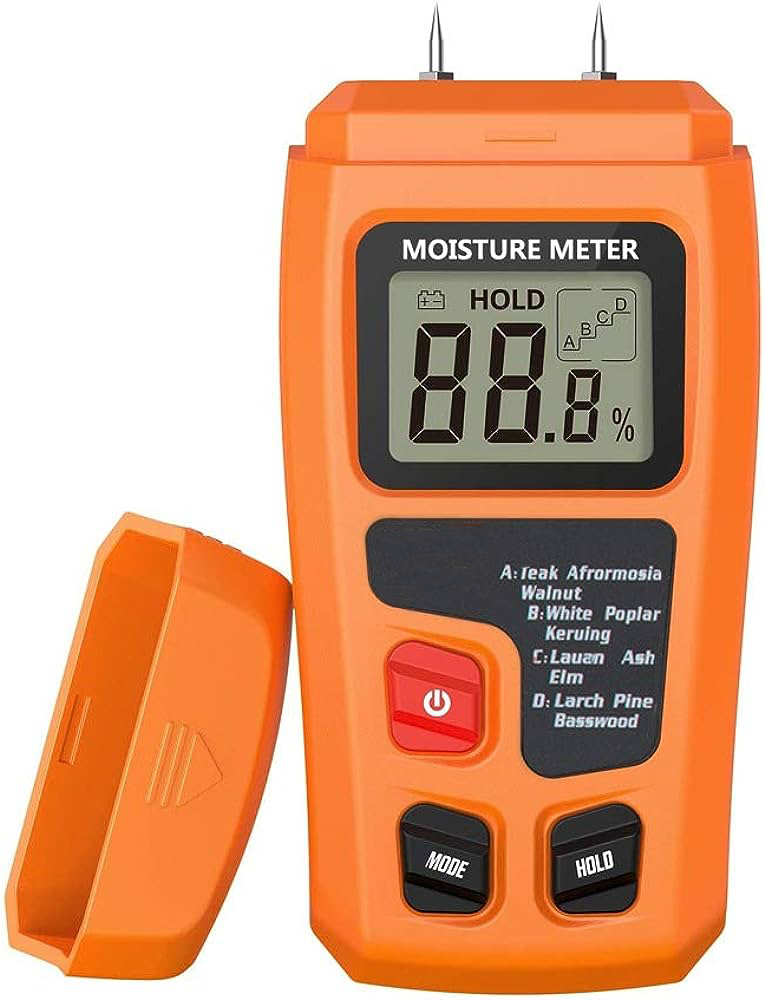
Not an endorsement but a suggestive image.
Meet the moisture meter—a tool that gauges wood moisture with the precision even seasoned carpenters admire. Mastering this hidden variable unlocks the secret to ideal wood conditions.
When to Measure the Moisture Content of Wood: The Timeless Dance
Timing reigns supreme in woodworking. Before embarking on your next project, assess the wood’s moisture content. Freshly cut timber retains sap; seasoned wood holds moisture from weeks of drying. Wood adapts, aligning its moisture content with its surroundings. This choreography ensures your masterpiece stands strong against weather and indoor conditions.
Capture the moment—Demand moisture meter readings done in your presence and measure before purchasing and crafting, whether under a summer sun or winter’s chill.
Measure Away for a Flawless Project: The Symphony of Precision
Are you convinced of the moisture meter’s prowess? Let’s dive into its artistry. Select the correct meter for your wood type—pin-type meters for thin woods and pinless for thicker boards. Position the pins or sensor against the grain, allowing the meter to converse with the wood’s moisture.
The reading, a delicate whisper, holds invaluable insight. Take readings from various spots, embracing precision to grasp the wood’s hydration levels.
In the realm where wood and creativity intertwine, the moisture content is a silent state that develops and appears later. Armed with a moisture meter, you transform from a homeowner or architect into a maestro crafting elegance and durability. Your projects embody precision, shaped by the tools in your grasp. The secret’s unveiling beckons you to act. Success awaits as you wield this knowledge. Carve your path in woodworking; each measure is a step towards excellence.

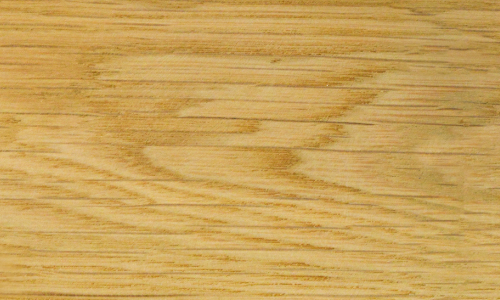 Exotic
Exotic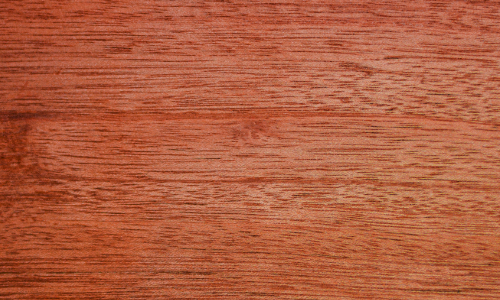 Hardwood
Hardwood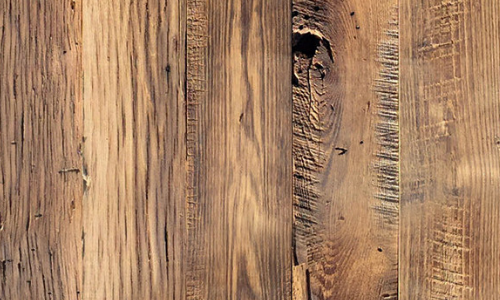 Reclaimed Wood
Reclaimed Wood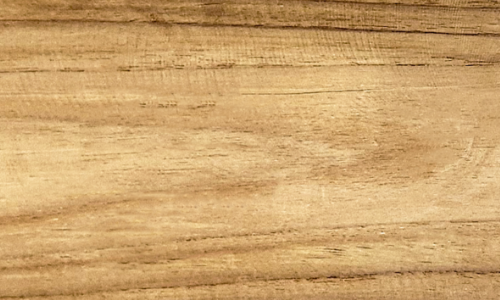 Teak
Teak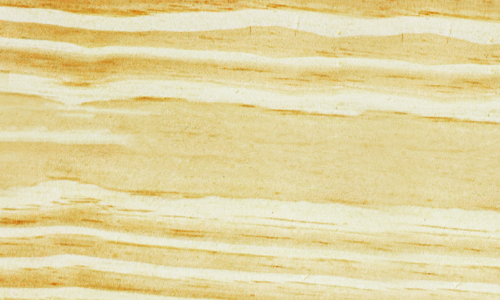 Softwood
Softwood Decking
Decking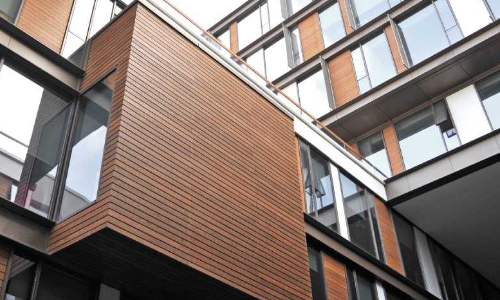 Cladding
Cladding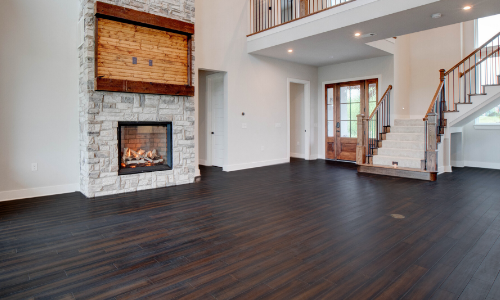 Flooring
Flooring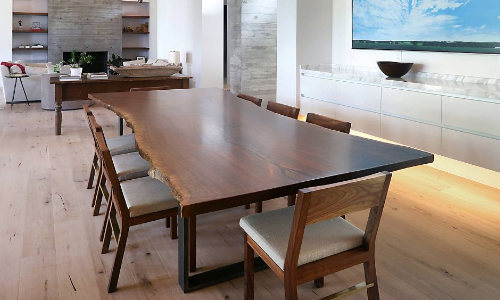 Table Top
Table Top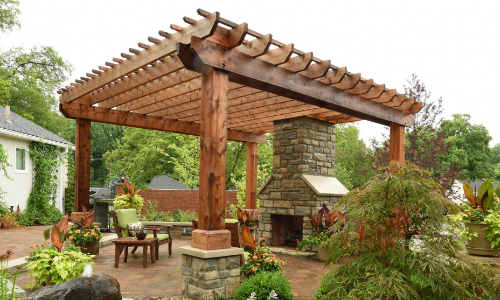 Pergola
Pergola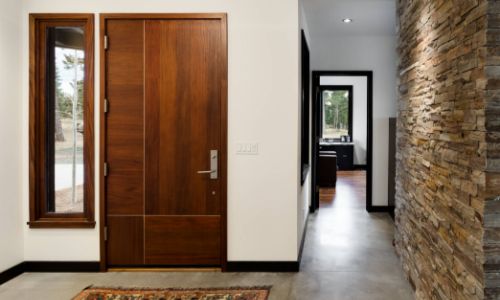 Door Frames
Door Frames





